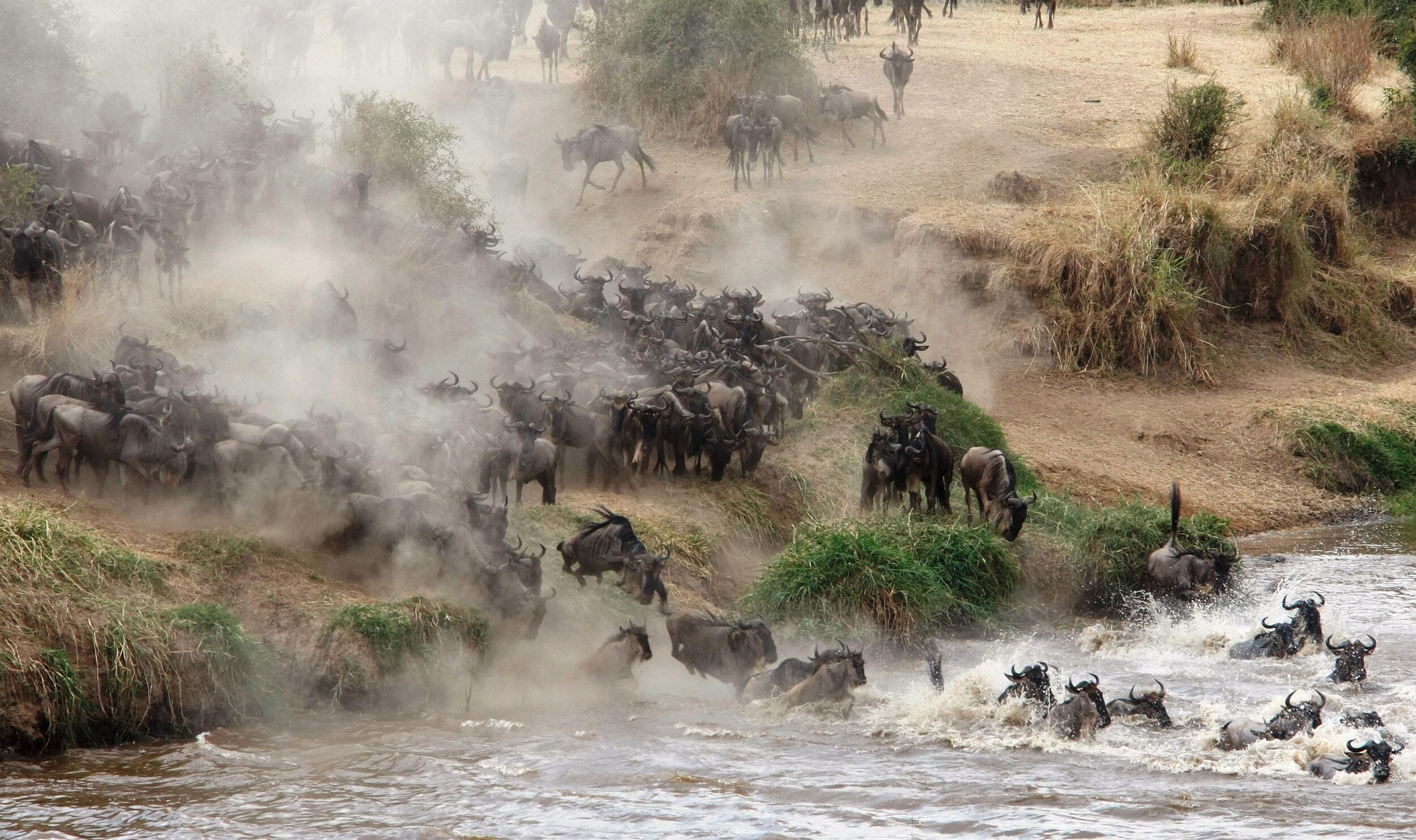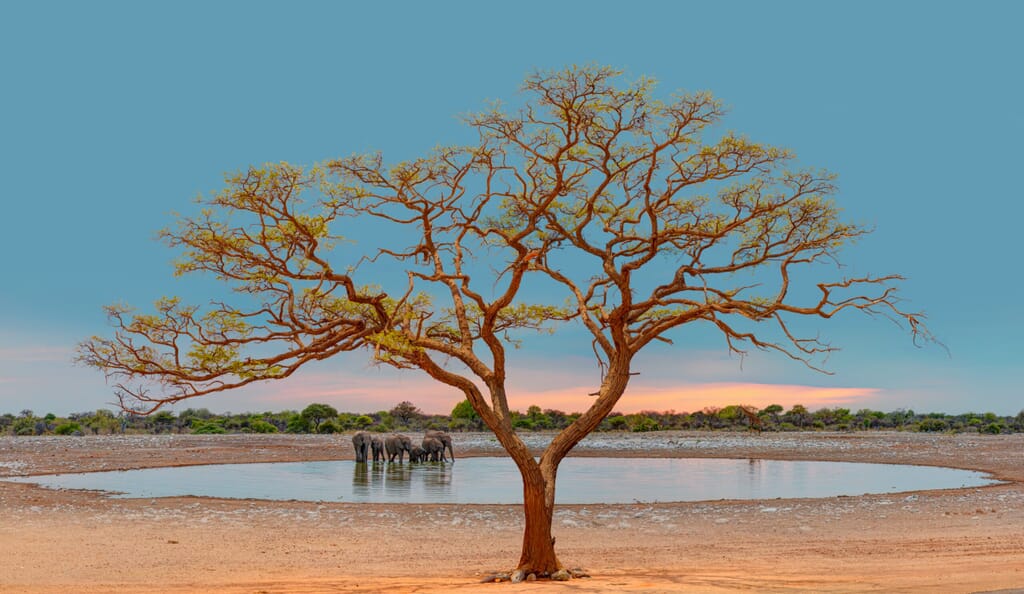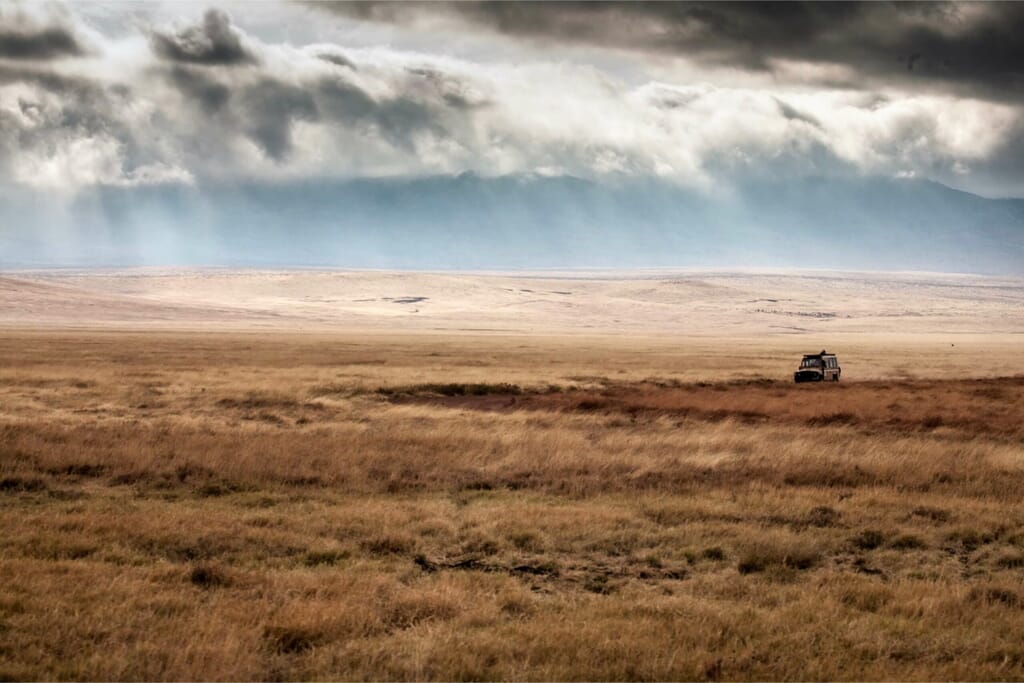Overview
Skeleton Coast safaris

The Skeleton Coast, a remote and hauntingly beautiful stretch of Namibia’s coastline, holds a unique allure for adventurous travellers.
Its name derives from the many shipwrecks that litter its shores. The vessels were claimed by the treacherous currents, created by the icy waters of the Benguela ocean current combining with the intense heat of the African sun.
The Skeleton Coast is renowned for its dramatic, windswept dunes and rugged, rocky terrain diving into the icy Atlantic. However, its harsh environment is home to a surprising variety of wildlife thanks to the moisture of the fog carried on the ocean breeze. Spot desert-adapted elephants, seals, and a profusion of birdlife.
The Skeleton Coast’s stark landscapes, shipwrecked history, and abundant wildlife make it an incredible destination for families to experience a different side of Namibia.
Overview
Skeleton Coast safaris

Itinerary ideas
Suggested itineraries for Namibia safaris

Where is the Skeleton Coast?
Although historically the name ‘Skeleton Coast’ was used to refer to the entirety of Namibia’s coastline, today it describes the 500 km expanse north of Swakopmund, and 40 km east into the arid Damaraland region.
Stretching across 16,390 km² the Skeleton Coast National Park is a vast expanse of largely untouched wilderness, and most families prefer to use Swakopmund and Walvis Bay as bases from which to explore the wider area. You can either take an internal flight from Windhoek or take the fascinating road trip through the Erongo region of Namibia.

What to do at the Skeleton Coast?
The Skeleton Coast offers families a change of pace from a traditional safari holiday.
Explore the ghostly remains of some of the most famous shipwrecks along the coast – including the easily accessible South West Sea, the Winston and the Zeila.
Families can simply follow the signposts to explore for themselves, or a guided tour can unlock the fascinating history of the coastline and offer the opportunity to visit some more remote wrecks.
For animal-lovers, a boat or kayak trip to see the huge colonies of Cape fur seals are a must, particularly from November to January when males can be seen competing for territory and breeding rights.
And for those seeking a little adventure, sand-boarding and desert quad-biking excursions are available from some lodges.

Best time to visit?
The Skeleton Coast can be visited all year round thanks to its consistent weather patterns.
From October to March, however, there tends to be warmer temperatures and the small chance of rain ensures clearer skies at other times of day. The mornings also tend to be less foggy, ideal for game drives and those sunrise snaps.

Who should visit?
The incredible range on offer on the Skeleton Coast ensures that the whole family will be kept occupied during your safari holiday.
Despite its ominous name, this remote Namibian coastline can captivate family members of all ages. Children will be enthralled by the dramatic landscapes, shipwrecks, and the chance to spot desert-adapted wildlife in the nearby dunes, all the while lapping up an enriching cultural experience.
Whilst adults and older children can take in the rugged beauty of the coast’s unique rock formations and partake in the more thrilling activities on offer – including quad-biking and sand-boarding.





















